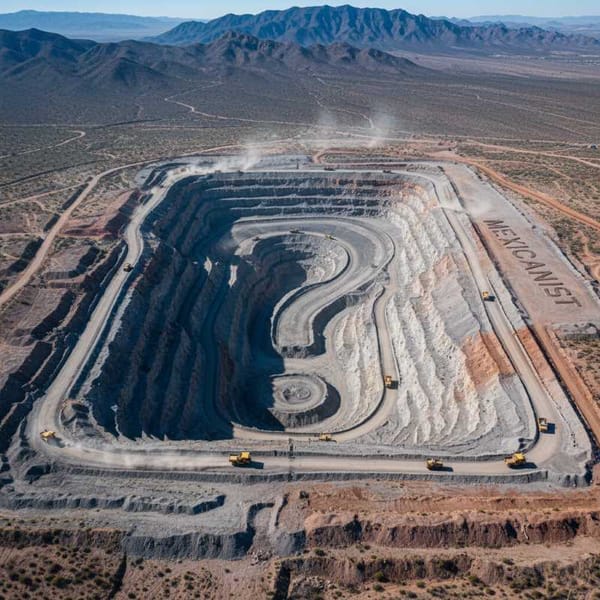Mexico Weather Service Warns of Hurricane Threat
La Niña threatens Mexico with more frequent, intense hurricanes. The SMN urges aggressive preparedness, citing climate change's impact and the need for societal adaptation. Storms could form faster and outside typical season.

As the traditional June start to the Atlantic hurricane season approaches, a confluence of meteorological factors, most notably the anticipated influence of La Niña, is prompting experts to issue early warnings about the potential for an active and potentially volatile period. While forecasting for the full season remains underway, the specter of La Niña, coupled with the ongoing effects of climate change, suggests that coastal communities across the United States should brace for a heightened risk of significant storm activity.
Fabián Vázquez Romaña, the general coordinator of the National Meteorological Service (SMN), has highlighted the increasing possibility of hurricanes forming outside the conventional June-to-November window. "Although the official season is from June to November, this does not mean that favorable conditions for the formation of cyclones cannot occur before or after those dates," he cautioned, underscoring the need for vigilance even outside the established timeframe. His remarks signal a departure from typical seasonal expectations, suggesting that the atmospheric conditions are evolving in ways that could lead to earlier-than-usual storm development.
Adding to the concern is the potential for rapid intensification of these weather systems. Vázquez Romaña noted that hurricanes could form "before the usual time or even in less than 24 hours," a scenario that would leave limited time for preparation and evacuation. This accelerated development underscores the dynamic and unpredictable nature of tropical cyclones, particularly in the current climate environment.
The role of climate change in exacerbating these risks is a central theme in the experts' assessments. Vázquez Romaña explicitly linked the increased frequency and intensity of such events to the warming trend. "It is always important to have a plan for these events that are not within the average. With a warmer temperature on the sea surface, this type of phenomena can occur more frequently," he stated, pointing to the fundamental connection between rising ocean temperatures and the fuel that powers hurricanes. This observation aligns with broader scientific consensus on the impact of climate change on extreme weather events.
Given these factors, authorities are emphasizing the critical need for robust and proactive preparedness measures. The SMN has stressed the importance of implementing "aggressive" plans and protocols to mitigate the impact of meteorological phenomena. This entails reinforcing these plans as much as possible, given the inherent uncertainty about the ultimate intensity of a storm at landfall. "He stressed that the plans and protocols that must be implemented in the face of the impact of a meteorological phenomenon must be aggressive, that is, reinforce them as much as possible, since it is not known, until the moment of impact, how intense it could be," the SMN official conveyed.
The message from meteorological experts is clear: the combination of La Niña and climate change presents a significant risk for the upcoming hurricane season. The potential for early formation, rapid intensification, and increased frequency necessitates a heightened state of readiness for communities along the Atlantic and Gulf coasts. As Vázquez Romaña aptly concluded, "We are already experiencing the effects of climate change and we must adapt as a society to the scenarios that may arise." This call to action underscores the urgency for individuals, businesses, and government agencies to review and strengthen their hurricane preparedness plans in anticipation of a potentially challenging season ahead.




